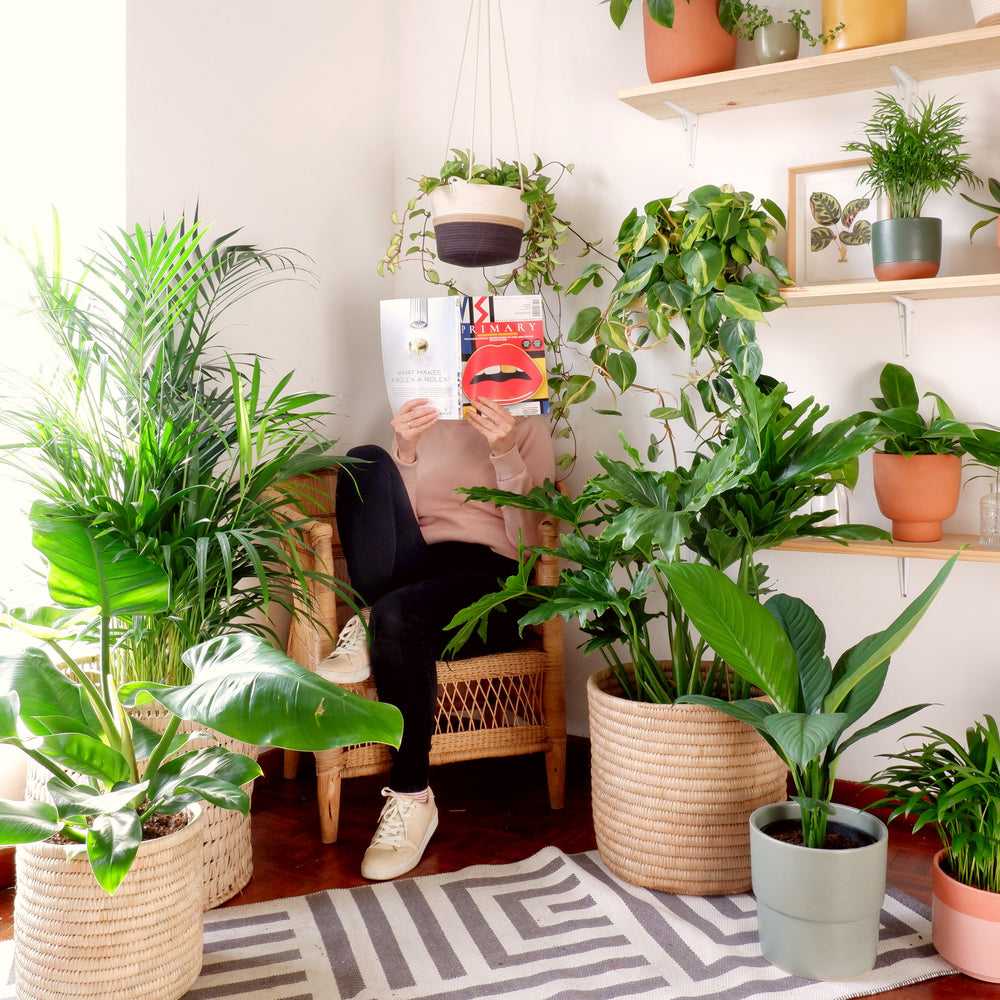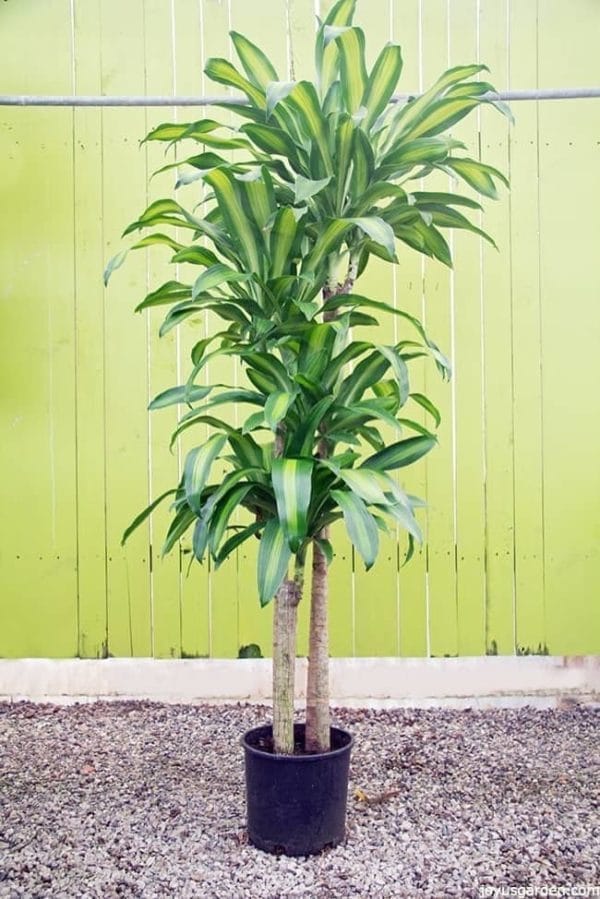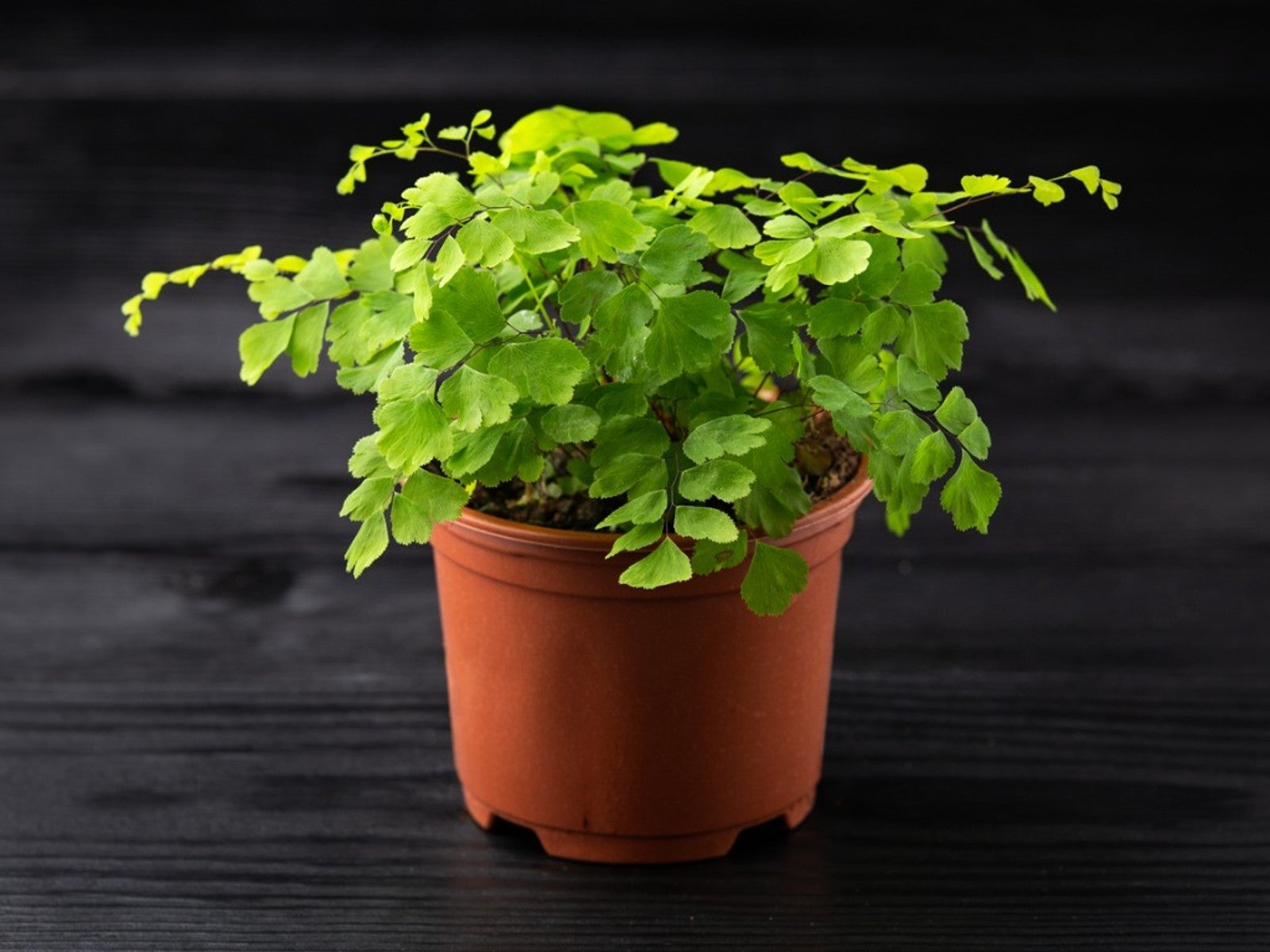Top Picks for the Best Low-Light Indoor Plants to Brighten Your Room
Top Picks for the Best Low-Light Indoor Plants to Brighten Your Room
Blog Article
Transform Your Home With Beautiful Low-Light Indoor Plants and Their Advantages
Including low-light indoor plants into your home can dramatically boost both the environmental and aesthetic high quality of your space. These plants, which flourish in dim problems, offer not just as attractive components yet also as all-natural air cleansers, making them perfect for metropolitan occupants or those with minimal sunshine direct exposure. As we explore the different sorts of low-light plants and their benefits, you may discover surprising ways to incorporate them right into your home that can change your surroundings in ways you might not have anticipated.
Benefits of Low-Light Plants
Low-light plants offer various advantages for interior settings, making them an exceptional choice for both novice and skilled garden enthusiasts. Among the key advantages is their versatility to low-light conditions, permitting individuals to enhance their living spaces without the demand for considerable sunlight direct exposure. This particular makes them optimal for houses, offices, and various other areas with restricted natural light.

In addition, incorporating low-light plants into home decor can boost the aesthetic appeal of a space. Their lavish foliage and varied textures develop a relaxing ambience, contributing to overall health. Last but not least, the existence of greenery has actually been linked to decreased anxiety degrees and improved efficiency, making low-light plants a functional option for enhancing both mental and physical health and wellness in indoor settings.
Leading Low-Light Indoor Plants
While lots of interior plants flourish in intense light, numerous species are specifically well-suited for low-light problems, making them ideal for different indoor areas. One preferred option is the Serpent Plant (Sansevieria), recognized for its striking upright leaves and strength, requiring very little treatment. Another exceptional option is the Pothos (Epipremnum aureum), which includes heart-shaped fallen leaves and can track wonderfully from hangers or racks, thriving in reduced light and including a lush touch.
The ZZ Plant (Zamioculcas zamiifolia) is celebrated for its glossy fallen leaves and capacity to hold up against overlook, making it ideal for hectic way of livings. Similarly, the Tranquility Lily (Spathiphyllum) not only endures reduced light yet additionally produces stunning white blooms, improving any type of space's visual.
For an unique touch, consider the Cast Iron Plant (Aspidistra elatior), which without a doubt meets its name, growing in the darkest edges of your home. Last but not least, the Chinese Evergreen (Aglaonema) supplies a selection of fallen leave patterns and shades while being incredibly flexible in low-light conditions. These plants not only beautify indoor environments yet additionally contribute to air purification, boosting your space.
Treatment Tips for Low-Light Plants

Watering techniques are vital; these plants frequently favor somewhat dry problems. Overwatering can result in root rot, so ensure that the top inch of dirt is dry prior to watering once more. Use pots with water drainage holes to enable excess dampness to leave.
Humidity is an additional essential aspect. Many low-light plants, such as ferns and tranquility lilies, take advantage of higher moisture degrees. To enhance moisture, take into consideration misting the leaves or positioning a tray of water near the plants.
Fertilization should be approached with caution. Throughout the expanding season, utilize a weakened, balanced liquid fertilizer every month to support growth, however avoid feeding throughout the inactive winter months.

Creative Ways to Show Plants
Indoor plants can act as fascinating centerpieces in any type of area, improving both visual charm and setting. Imaginative display screens can boost the aesthetic influence of low-light plants, making them an integral part of your home design. One effective method is to utilize tiered plant stands, which enable you to showcase numerous plants at differing elevations while making best use of flooring room.
Hanging planters are an additional cutting-edge alternative, developing a feeling of deepness and attracting the eye upwards. Take into consideration macramé wall mounts or wall-mounted racks to present a distinct structure and style.
For a more structured method, use geometric terrariums or glass containers to house your plants, adding a modern touch to your indoor garden. You can also repurpose classic products, such as teacups or wooden cages, for a diverse display screen that shows your individuality.
Enhancing Home Setting With Plants
Incorporating low-light plants into your home not only boosts visual appeal yet likewise contributes considerably to the overall setting. These plants serve as natural decor components, introducing a feeling of harmony that can transform any kind of room. The visibility of plant promotes a calming environment, which is particularly beneficial in high-stress settings such as office or living rooms.
Low-light plants, such as snake plants, pothos, and ZZ plants, are not only cosmetically pleasing however also boost indoor air quality by filtering contaminants. This twin function improves the ambiance additionally, creating a much healthier space (Best low-light indoor plants). The critical placement of these plants can likewise affect the perception of area; for example, tall plants can draw the eye up, making ceilings show up higher and spaces extra roomy
In addition, differing textures and colors of vegetation add depth to interior decoration, check here permitting creative expression in home designing. Whether put on shelves, in corners, or as centerpieces, low-light plants can raise the state of mind of any kind of space. In summary, incorporating these plants right into your home is a reliable means to foster a warm, inviting environment while profiting of enhanced air high quality and visual adaptability.
Conclusion
Integrating low-light interior plants into home settings uses numerous advantages, consisting of boosted visual appeal and improved air top quality. These durable plants, such as the Serpent Plant and Peace Lily, call for very little light and maintenance, making them appropriate for varied lifestyles. Their capacity to filter pollutants adds to a much healthier space, while their diverse structures and shades enrich interior style (Best low-light indoor plants). Inevitably, the addition of low-light plants fosters a tranquil and welcoming setting, changing any home into a serene sanctuary.
While numerous interior plants prosper in brilliant light, a number of types are specifically fit for low-light problems, making them suitable for different indoor rooms. One efficient technique is to utilize tiered plant stands, which enable you to showcase numerous plants at varying elevations while making best use of flooring area.
Low-light plants, such as serpent plants, pothos, and ZZ plants, are not only visually pleasing yet also boost interior air top quality by filtering system pollutants. Best low-light indoor plants. The critical placement of continue reading this these plants can additionally affect the understanding of room; for instance, tall plants can attract the eye upwards, making ceilings show up greater and rooms much more sizable
These resilient plants, such as the Snake Plant and Tranquility Lily, call for minimal light web and upkeep, making them ideal for varied lifestyles.
Report this page